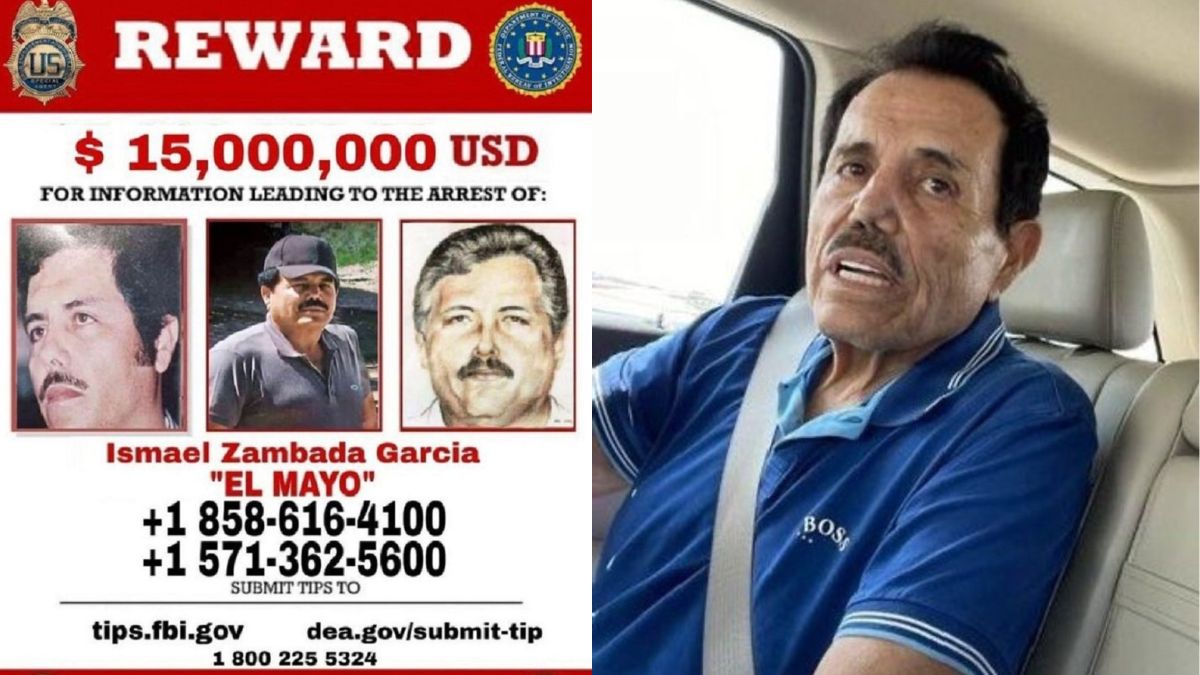
When the topic of drug cartels arises, the name that often stands out is the Sinaloa Cartel. This notorious organization has established itself as a dominant force in the drug trade for many years, shaping the landscape of illegal narcotics in profound ways. But what are the underlying factors that contribute to its immense power and influence? In this article, we will delve into the rich and complex history of the Sinaloa Cartel, examining the key figures who have played pivotal roles in its operations. Additionally, we will discuss the cartel’s significant involvement in the ongoing fentanyl crisis, a pressing issue that has far-reaching implications for public health and safety. By understanding the intricacies of the Sinaloa Cartel, we can gain insight into the broader dynamics of the drug trade and its impact on society.
Understanding the Sinaloa Cartel

What is the Sinaloa Cartel?
The Sinaloa Cartel stands as one of the most formidable and influential drug trafficking organizations on a global scale. Originating from Mexico, this cartel has established itself as a key player in the illicit drug trade, engaging in the production and distribution of a wide array of narcotics. Among the substances it traffics are cocaine, marijuana, and, more recently, the highly potent synthetic opioid known as fentanyl. The cartel’s extensive network and operations have made it a significant force in the drug market, impacting not only Mexico but also various countries around the world.
A Brief History
The Sinaloa Cartel was founded in the late 1980s and quickly gained notoriety under the leadership of the infamous Joaquín “El Chapo” Guzmán. His strategic vision and ruthless tactics propelled the organization to new heights, allowing it to dominate the drug trade in Mexico and beyond. Although Guzmán’s capture in 2016 was initially perceived as a major setback for the cartel, it demonstrated remarkable resilience and adaptability. Following his arrest, the Sinaloa Cartel managed to reorganize and maintain its operations, continuing to thrive in the face of law enforcement efforts and competition from rival groups. This ability to evolve has solidified its status as a leading entity in the global drug trafficking landscape.
Key Players in the Sinaloa Cartel

Ismael “El Mayo” Zambada García
Following the arrest of notorious drug lord Joaquín “El Chapo” Guzmán, Ismael “El Mayo” Zambada García has risen to prominence as a key player within the Sinaloa Cartel. Unlike many of his counterparts, Zambada is known for his discreet demeanor and calculated approach to leadership. His ability to navigate the complexities of the drug trade has been vital in sustaining the cartel’s operations and influence, even in the face of increased law enforcement pressure. Zambada’s strategic thinking and experience have allowed him to maintain a level of control that has kept the cartel resilient during turbulent times.
The Guzmán Family
In addition to Zambada’s leadership, the Guzmán family has also stepped into significant roles within the cartel’s hierarchy. The sons of Joaquín Guzmán, particularly Iván Archivaldo Guzmán and Joaquín Guzmán López, have emerged as influential figures in their own right. They have taken on critical responsibilities that are essential for the cartel’s ongoing dominance in the global drug trade. Their involvement signifies a generational shift, as they bring a fresh perspective and energy to the operations that their father once led.
The Next Generation of Cartel Leaders
As the Guzmán family assumes more prominent roles, the Sinaloa Cartel is experiencing a notable transformation in its leadership dynamics. This new generation is not merely focused on preserving the existing power structures; they are actively seeking innovative strategies to adapt to the evolving landscape of the drug trade. With changing market conditions and increased competition, the younger leaders are exploring new avenues for growth and expansion, demonstrating a willingness to embrace change while still honoring the legacy of their predecessors. This evolution within the cartel suggests that they are preparing to face future challenges head-on, ensuring their continued relevance in a highly competitive environment.
The Sinaloa Cartel and Fentanyl

What is Fentanyl?
Fentanyl is a highly potent synthetic opioid that is estimated to be 50 to 100 times stronger than morphine. Originally developed for medical use, particularly in pain management for patients undergoing surgery or suffering from severe pain, fentanyl has gained notoriety due to its increasing misuse and the alarming rise in overdose deaths associated with it. The drug’s potency means that even a minuscule amount can lead to fatal consequences, making it particularly dangerous. In recent years, its illicit production and distribution have surged, leading to a public health crisis in the United States, where overdose deaths have skyrocketed, largely attributed to fentanyl and its analogs.
The Cartel’s Role in the Fentanyl Crisis
Law enforcement agencies have identified the Sinaloa Cartel, among other drug trafficking organizations, as a key player in the fentanyl crisis. These cartels have increasingly shifted their focus to the production and distribution of fentanyl, which has significantly enhanced their power and influence in the drug trade. This shift not only poses a greater threat to public safety but also complicates efforts to combat drug trafficking.
Distribution Networks
The Sinaloa Cartel has developed intricate and extensive distribution networks that facilitate the smuggling of fentanyl into the United States. These networks are highly sophisticated, often involving multiple layers of operatives, including manufacturers, transporters, and street-level dealers. The cartel employs advanced logistics and communication strategies to evade law enforcement, making it increasingly difficult to dismantle their operations. As a result, the flow of fentanyl into communities across the country continues to pose a significant challenge for authorities and public health officials alike.
The Impact on Society

Overdose Epidemic
The rise of fentanyl has led to a tragic increase in overdose deaths. In 2021 alone, over 100,000 people in the U.S. died from drug overdoses, with a significant portion attributed to fentanyl.
Community Effects
The impact of the Sinaloa Cartel extends beyond just the drug trade. Communities are facing increased violence, addiction rates, and social instability as a result of the cartel’s activities.
Law Enforcement Challenges
Law enforcement agencies are struggling to combat the influence of the Sinaloa Cartel. The cartel’s ability to adapt and evolve makes it a formidable opponent in the fight against drug trafficking.

The Sinaloa Cartel remains a powerful force in the drug trade, particularly with its involvement in the fentanyl crisis. Understanding its structure, key players, and societal impact is crucial for addressing the challenges it poses. As we move forward, it’s essential to find effective strategies to combat this ongoing issue.
Table: Key Statistics on Fentanyl and Overdose Deaths

| Year | Overdose Deaths (Total) | Overdose Deaths (Fentanyl) | Percentage of Fentanyl Overdoses |
|---|---|---|---|
| 2019 | 70,630 | 36,359 | 51.5% |
| 2020 | 93,331 | 56,516 | 60.6% |
| 2021 | 107,622 | 71,238 | 66.1% |
As we continue to navigate the complexities of drug trafficking and its effects on society, understanding the role of the Sinaloa Cartel is more important than ever. The fight against this powerful organization requires a multifaceted approach that addresses both the supply and demand sides of the drug trade.

